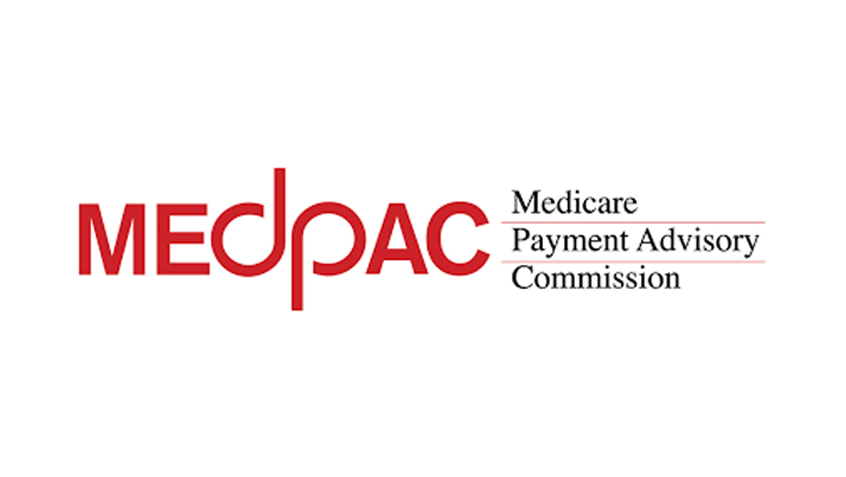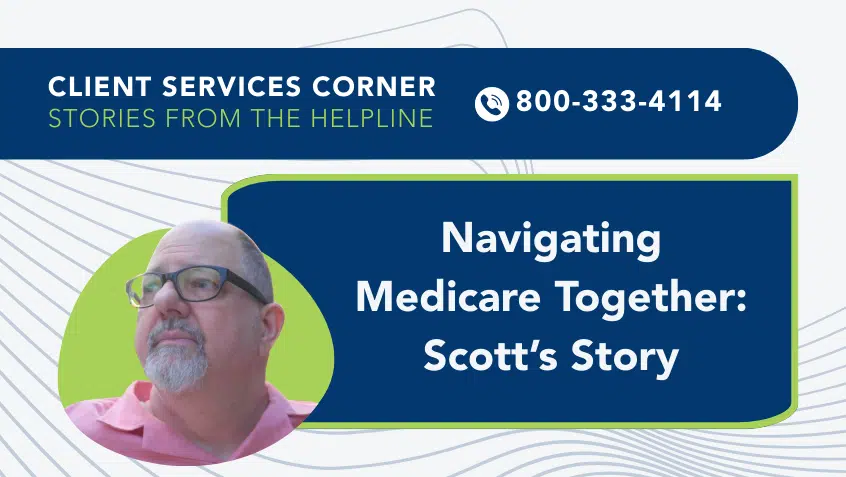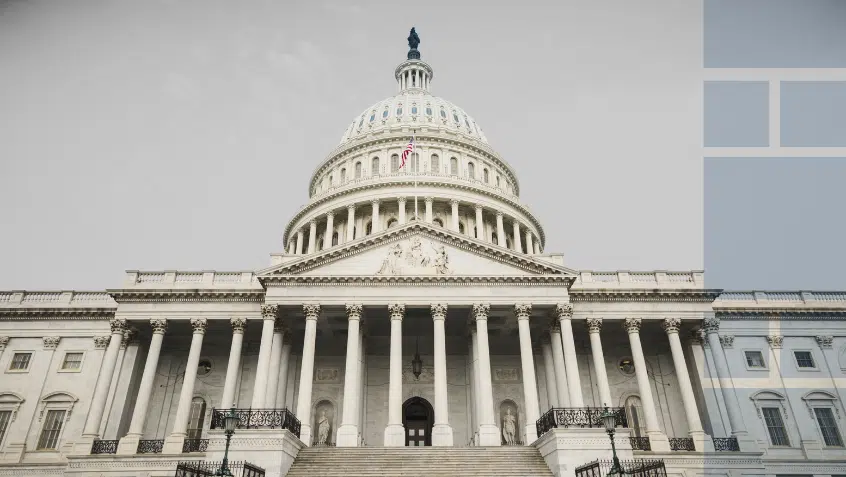Join Us Live for a Discussion on Medicare, Democracy, and the Future of Health Care
MedPAC Makes Part D Recommendations to Congress

In its June report to Congress, the Medicare Payment Advisory Commission (MedPAC) includes several suggestions to improve and reduce costs in the Part D prescription drug program. MedPAC, observing that Part D spending has increased more than 50 percent since 2007 as a result of rising drug costs and other factors, recommends proposals that it estimates could save $10 billion over five years.
These proposals include suggestions that Congress:
- Reduce or eliminate copayments for generic medications for enrollees in the low income subsidy (LIS).
- Establish an out-of-pocket spending cap like the one that exists for health care costs under Medicare Advantage.
- Change the way “true out-of-pocket cost” or TrOOP is calculated by excluding drug manufacturers’ discounts from a beneficiary’s TrOOP.
While Medicare Rights Center supports the suggestions to reduce generic copayments for low-income beneficiaries and create an annual cap, we are concerned that changing the TrOOP calculation will minimize the benefit of an out-of-pocket maximum.
Changing the way TrOOP is calculated would result in people staying in the coverage gap, or donut hole, longer before reaching catastrophic coverage or the out-of-pocket cap. Currently, what the beneficiary pays and the manufacturer discounts required under the Affordable Care Act both count towards a person’s TrOOP. When a person’s TrOOP reaches an amount set by the Centers for Medicare & Medicare Services (CMS) each year, their cost sharing is dramatically decreased when they reach the catastrophic coverage phase. If manufacturer discounts were not included in TrOOP, it would take longer, and cost more out of pocket, for a person to reach this reduction in cost sharing.
Show Comments
We welcome thoughtful, respectful discussion on our website. To maintain a safe and constructive environment, comments that include profanity or violent, threatening language will be hidden. We may ban commentors who repeatedly cross these guidelines.
Help Us Protect & Strengthen Medicare
Donate today and make a lasting impact
More than 67 million people rely on Medicare—but many still face barriers to the care they need. With your support, we provide free, unbiased help to people navigating Medicare and work across the country with federal and state advocates to protect Medicare’s future and address the needs of those it serves.
The Latest
Most Read
Add Medicare to Your Inbox
Sign up to receive Medicare news, policy developments, and other useful updates from the Medicare Rights.
View this profile on InstagramMedicare Rights Center (@medicarerights) • Instagram photos and videos









